ASO Ranking Factors 2025: Guide for App Store and Google Play
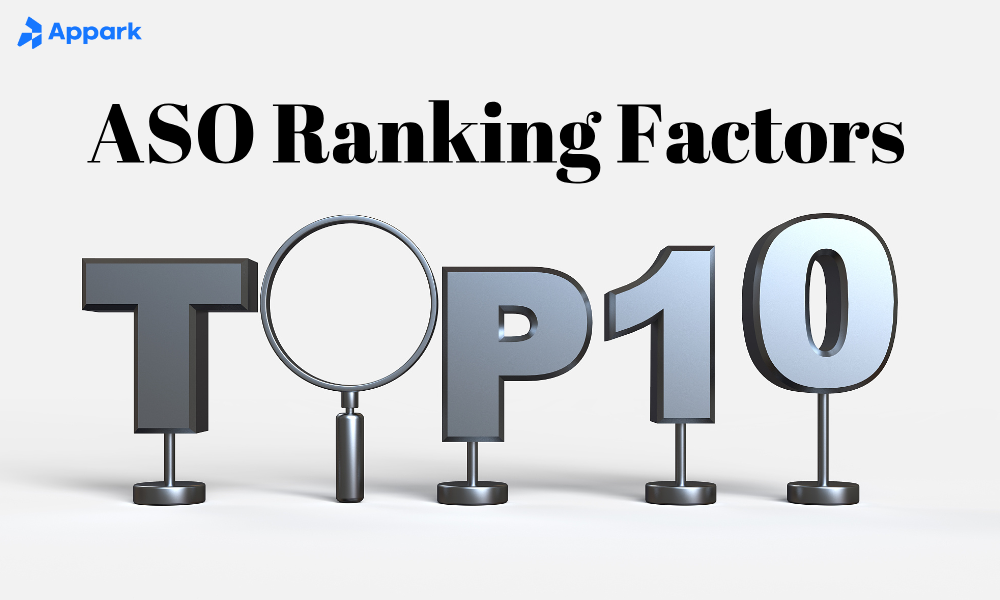
Introduction
Ranking high in the App Store or Google Play isn’t luck—it’s the difference between steady downloads and silence. Every search, every scroll, every app users compare comes down to ASO ranking factors: the signals stores use to decide what gets seen first.
Higher rankings boost visibility and downloads, while lower rankings can keep even a great app hidden. Factors like downloads, ratings, reviews, retention, app quality, and external backlinks all influence visibility.
In this guide, we’ll cover:
- Key App Store ranking factors and Google Play ranking factors
- Platform-specific differences between App Store and Google Play
- ASO ranking factors in action: priorities for launch, growth, and scale
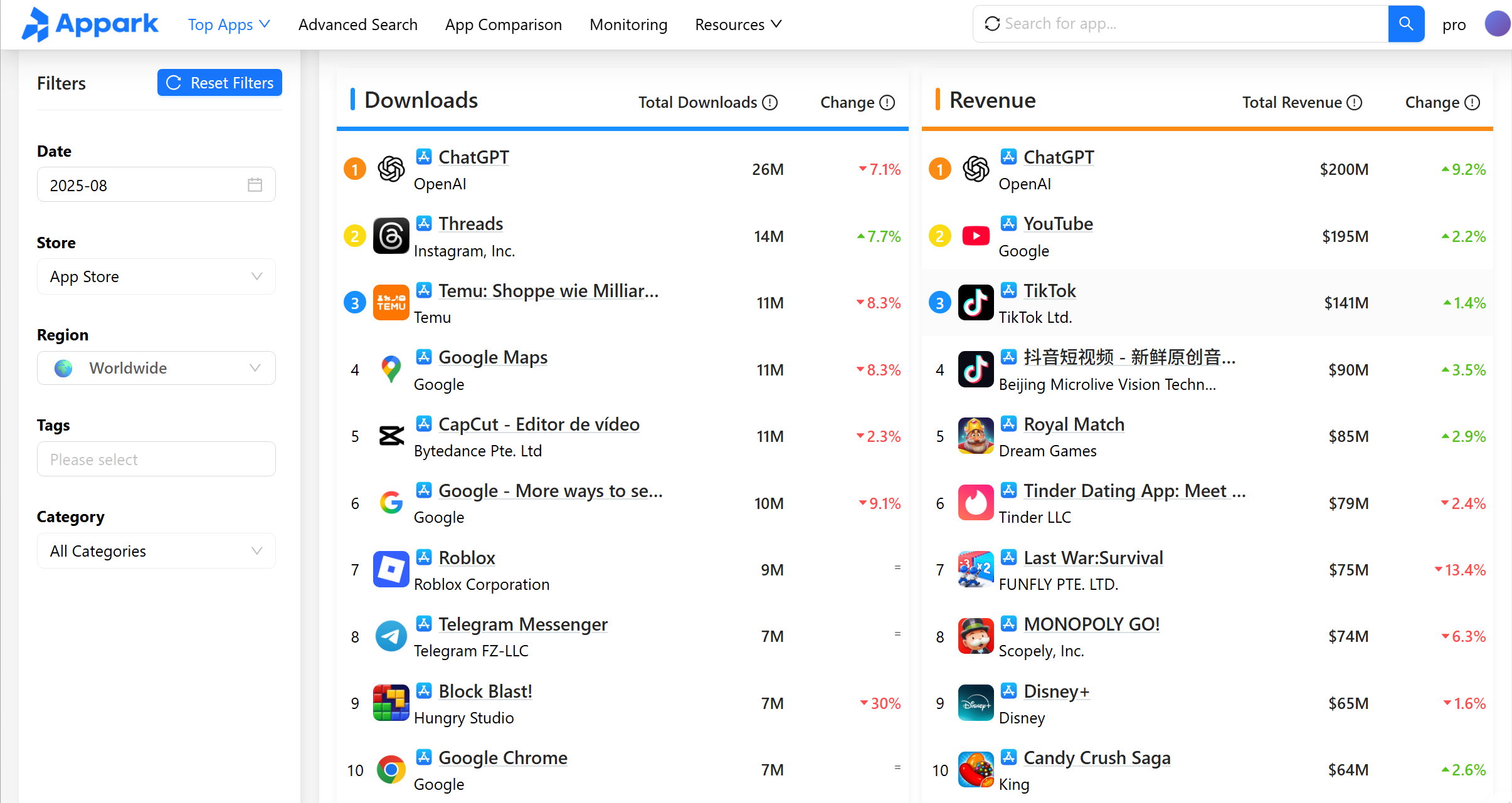
Key ASO Ranking Factors for App Store and Google Play
Understanding the core ranking factors is key to getting your app noticed on the App Store and Google Play.
1. Keywords & Metadata Optimization (App Name, Subtitle, Keywords Field, Description)
Place primary keywords early in the title, subtitle, and description. For iOS, use the keyword field; for Google Play, front-load the title and short description, and repeat keywords naturally in the long description.
2. Downloads / Installs
The number of installs tells the store how relevant and popular your app is. Early traction matters—boost initial downloads with soft launches, cross-promotion, or campaigns. On Google Play, recent install velocity matters more than lifetime totals.
3. Ratings & Reviews
Encourage users to leave honest feedback. Respond to negative reviews professionally; thoughtful replies can improve star ratings. Highlight features users love or explain updates in reviews to improve credibility.
4. Retention / User Engagement
Improve engagement with push notifications, onboarding flows, and meaningful content. Even small improvements in retention can have a noticeable effect, because it shows the app is actually useful.
5. Update Frequency
Update with purpose—fix bugs, improve performance, or add meaningful features. Apps that go months without meaningful updates often slide in rankings, even with solid ratings.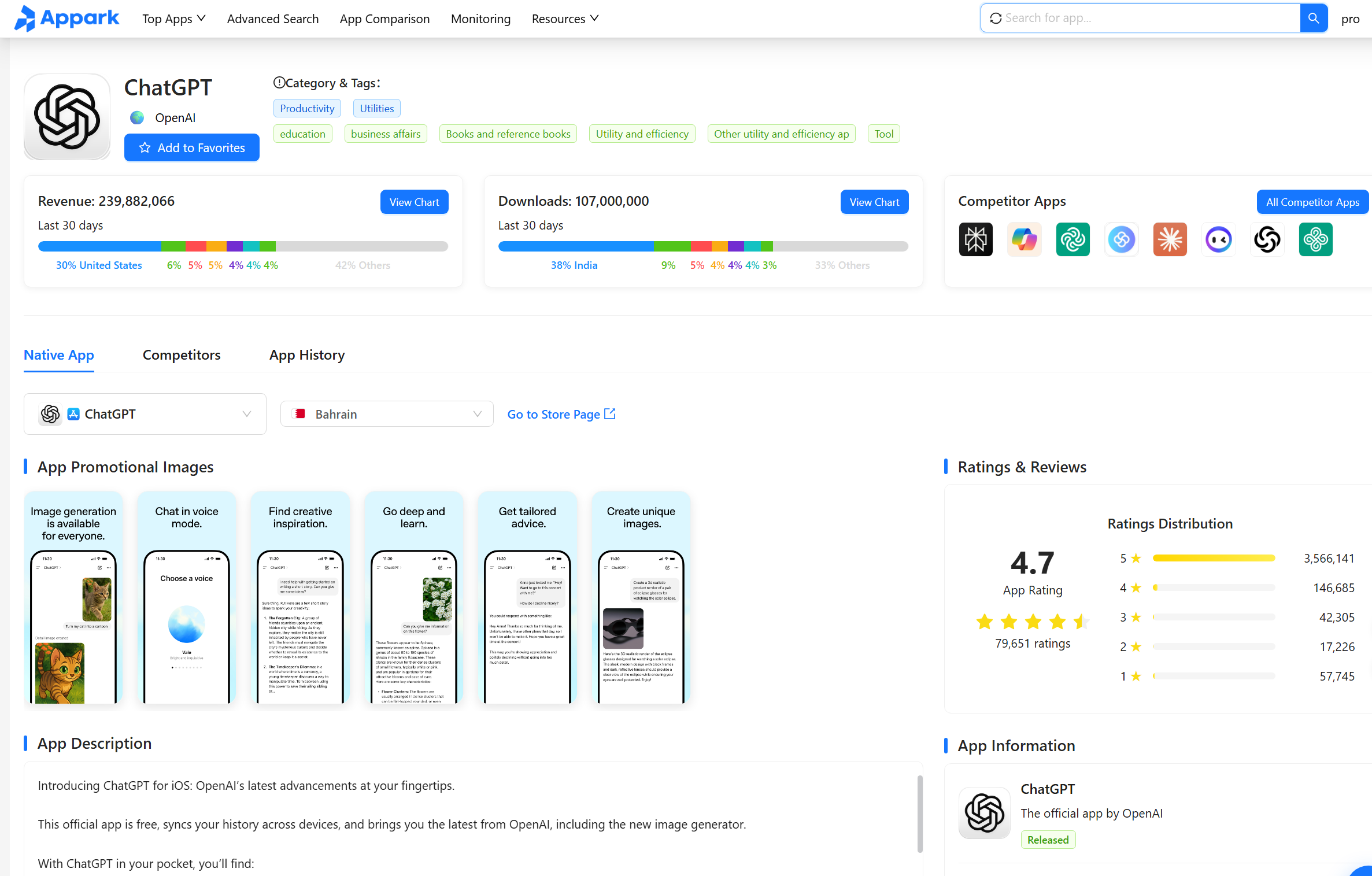
6. App Quality (Crashes, Stability, Performance)
Ensure your app passes Android Vitals and iOS stability metrics. Even small bug fixes improve user satisfaction and store visibility.
7. Revenue / In-App Purchases
Properly named and indexed IAPs can boost discoverability. Highlight valuable items and ensure the store can read and categorize them. Revenue signals overall app health, which indirectly affects ranking.
8. External Promotion / Backlinks
Mentions on reputable websites, blogs, or app review sites don’t directly change App Store rank but can improve Play Store visibility indirectly. Use press coverage and content marketing to generate quality backlinks.
9. Localization
Localize title, description, screenshots, and messaging for each market. Apps that invest in proper localization see higher installs and retention in new markets, which feeds back into ranking performance.
Platform-Specific Differences in App Store and Google Play Ranking Factors
Not all ASO ranking factors are created equal. Here’s where the two platforms diverge.
iOS (App Store)
- Metadata & Keywords: High indexing weight. Avoid keyword stuffing and test variations.
- IAP Indexing: Properly indexed in-app purchases improve search relevance.
- Spotlight Search Visibility: Optimized apps appear in Apple Spotlight, offering extra discovery.
Google Play
- Title & Descriptions: Keywords in title and descriptions impact relevance. Front-load key terms and maintain readability.
- Categories & Tags: Proper tagging improves classification and ranking for relevant queries.
- External SEO / Backlinks: Mentions on reputable sites indirectly enhance visibility.
Both platforms value keywords, but Apple focuses on metadata fields, while Google relies on keyword repetition in descriptions.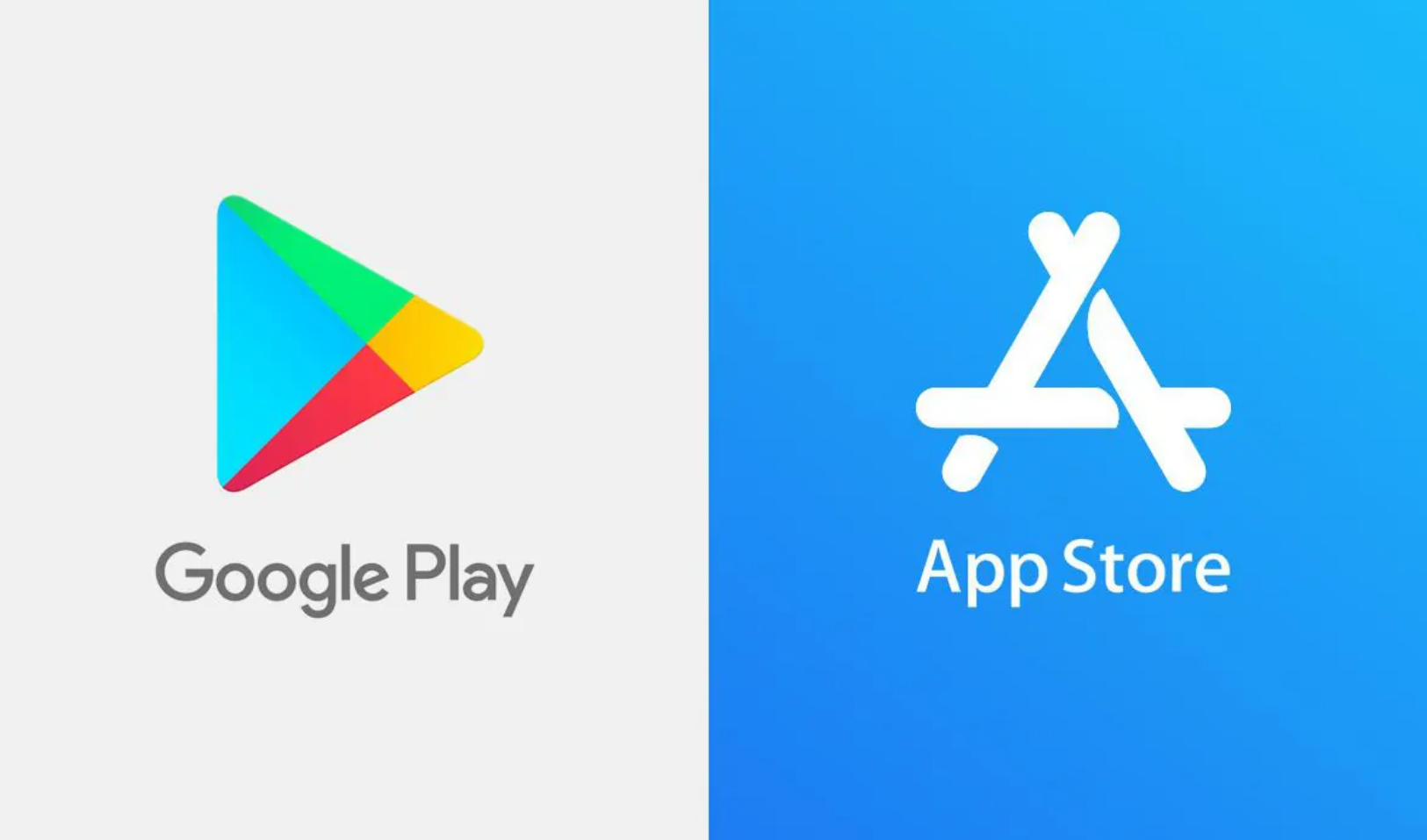
ASO Ranking Factors in Action: Launch, Growth, and Scale
Different factors matter at different stages of your app’s lifecycle.
1. Launch Stage (Just Released)
Goal: initial visibility and installs. Focus on high-impact, low-effort tasks:
- Metadata: Place core keywords in title and description; make the first words clear.
- Visuals: Polished icon, first three screenshots highlighting key value, short demo video if possible.
- Early Reviews: Aim for 10–20 positive reviews—they noticeably boost initial ranking.
2. Growth Stage (User Base Expanding)
Goal: sustained growth. Focus on medium-impact, medium-effort tasks:
- Keyword Optimization: Monitor rankings, swap underperforming keywords, test variations.
- A/B Testing: Experiment with screenshots, icons, and videos to improve conversion rates. Small changes can increase installs by 5–15%.
- Retention & Engagement: Push updates or in-app tips to reduce churn.
3. Maturity Stage (Scaling / Established App)
Goal: long-term visibility and dominance. Focus on high-effort, high-impact tasks:
- Localization: Expand metadata, visuals, and keywords to new markets.
- External Visibility: Build backlinks, encourage brand searches, leverage PR and content marketing.
- Review & Update Management: Maintain update cadence, manage negative reviews, monitor crash rate and performance.
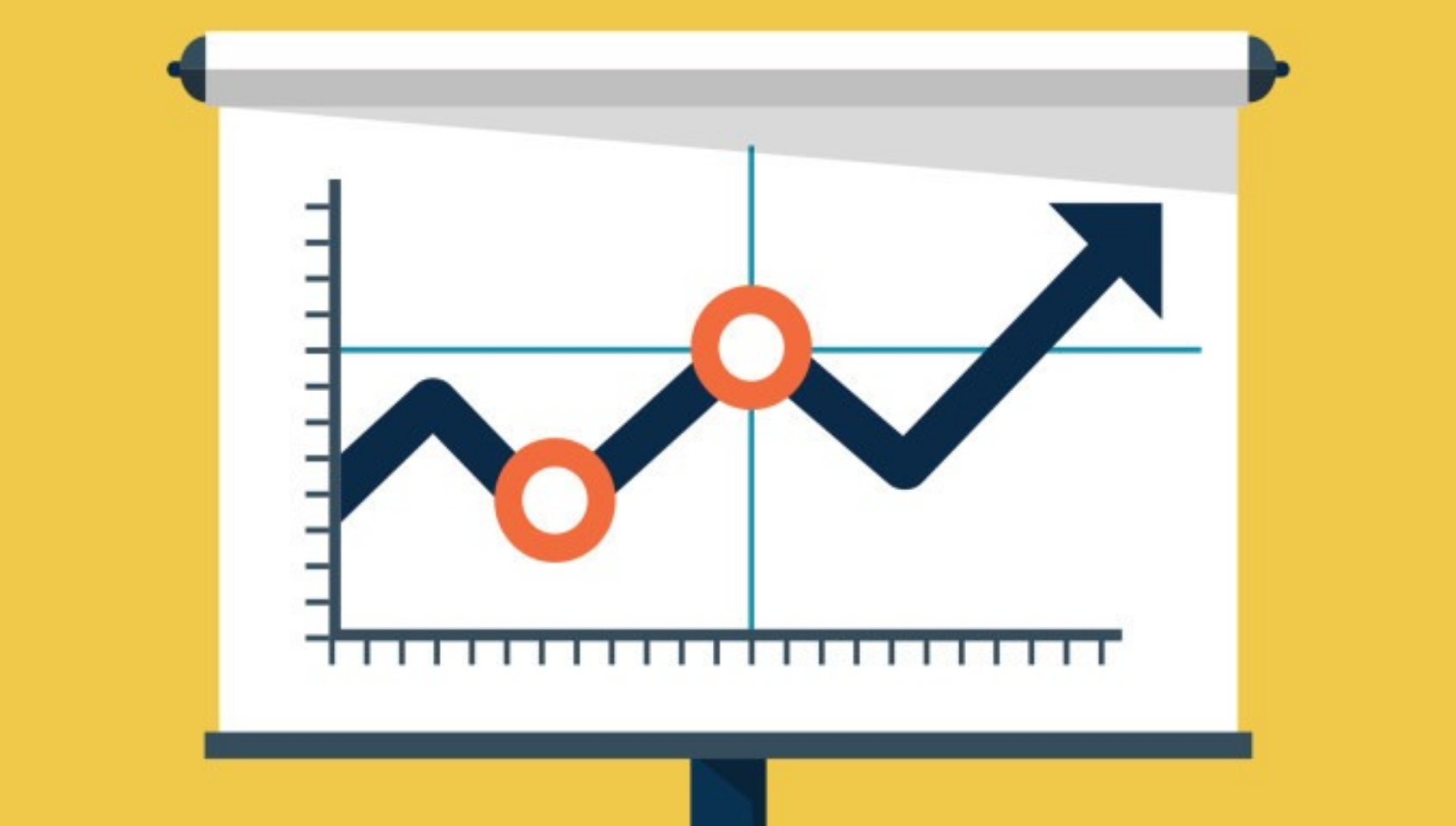
Conclusion
ASO isn’t something you set and forget. Keep your eye on the core App Store and Google Play ranking factors, tweak what matters most at each stage, test, learn, and adjust. Little improvements add up, and over time they make a real difference in downloads, visibility, and retention.